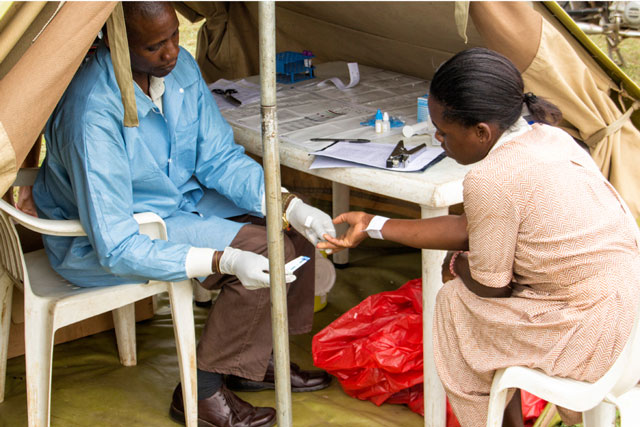
Combination HIV prevention cuts new Infections by 42 percent in Ugandan District
Kampala, Uganda | THE INDEPENDENT | A National Institutes of Health (NIH) supported study published last month in the New England Journal of Medicine provides real-world evidence that implementing a combination of proven HIV prevention measures across communities can substantially reduce new HIV infections in a population.
Investigators found that HIV incidence dropped by 42 percent among nearly 18,000 people in Rakai District, Uganda, during a seven-year period in which the rates of HIV treatment and voluntary medical male circumcision increased significantly.
“Before this study, we knew that these HIV prevention measures worked at an individual level, yet it was not clear that they would substantially reduce HIV incidence in a population—or even if it would be possible to get large numbers of people to adopt them,” said Anthony S. Fauci, M.D., director of the National Institute of Allergy and Infectious Diseases (NIAID), part of NIH. “This new analysis demonstrates that scaling up combination HIV prevention is possible and can turn the tide of the epidemic.”
The newly reported research involved nearly 34,000 people ages 15 to 49 years residing in 30 communities that participate in the Rakai Community Cohort Study (RCCS) conducted by the Rakai Health Sciences Program in Uganda.
With funding from NIH and others, this program promoted HIV testing, ART and voluntary medical male circumcision to study participants. Every one or two years from April 1999 until September 2016, participants were tested for HIV and surveyed about their sexual behavior, use of HIV treatment, and male circumcision status.
The authors of the new paper analyzed these survey data under the leadership of M. Kate Grabowski, Ph.D., an assistant professor at The Johns Hopkins University School of Medicine in Baltimore and an epidemiologist with the Rakai Health Sciences Program.
The investigators found that the proportion of study participants living with HIV who reported taking ART climbed from zero in 2003 to 69 percent in 2016.
The proportion of male study participants who were voluntarily circumcised grew from 15 percent in 1999 to 59 percent in 2016.
 The Independent Uganda: You get the Truth we Pay the Price
The Independent Uganda: You get the Truth we Pay the Price



